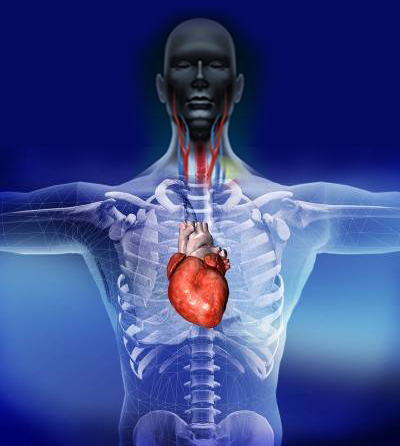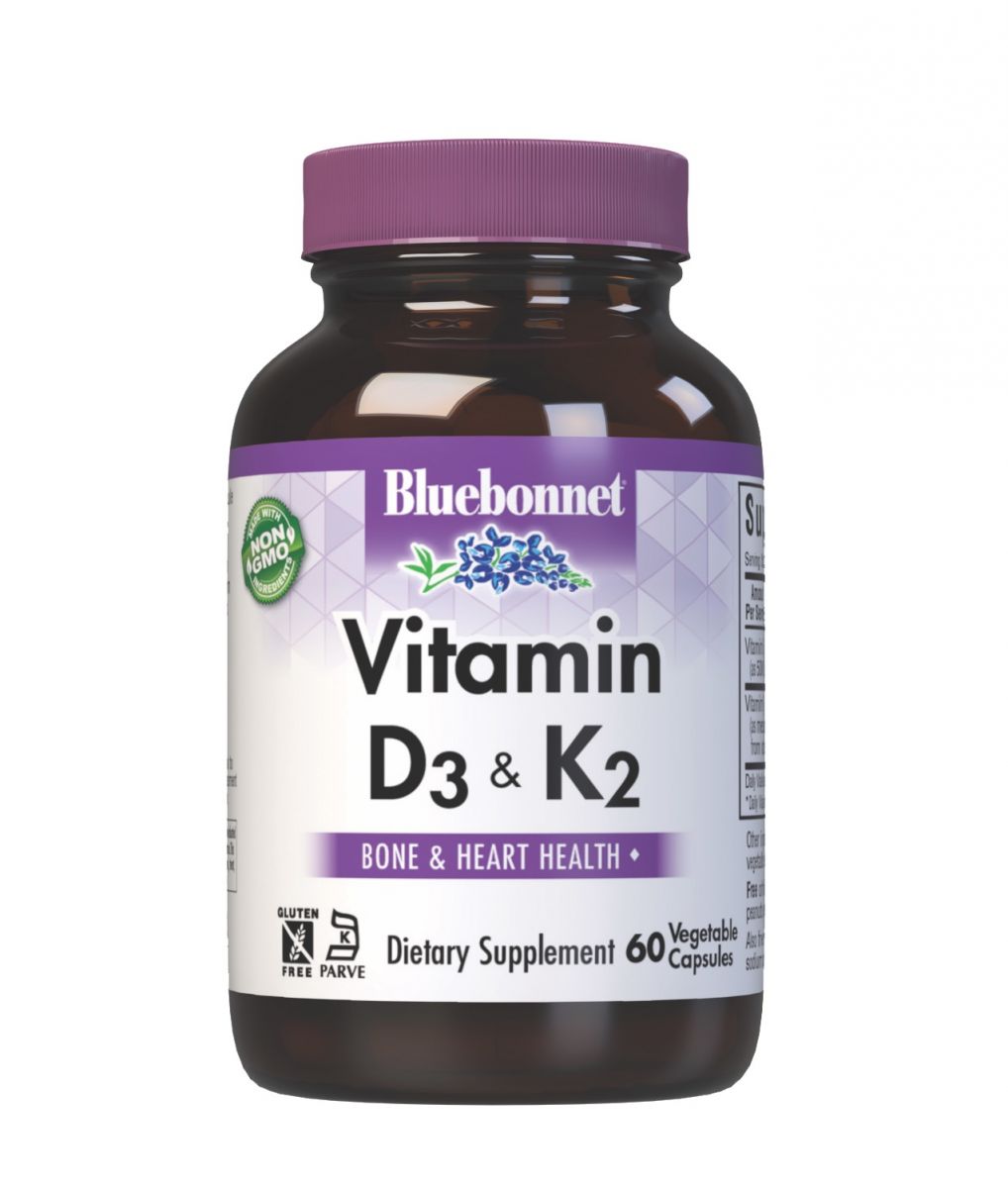 Q1. How are cardiovascular, bone and oral health connected?For over 80 years, cardiovascular disease (CVD) has been the leading cause of death for men, women, and people of most racial and ethnic groups in the United States. Not only does CVD remain the leading cause of death, but it also costs the United States about $219Bil each year. Further, new research shows that CVD and osteoporosis are often present in conjunction with each other. Their shared risk factors, such as advanced age, smoking, low physical activity, and elevated body mass index (BMI), suggest that these chronic conditions may have shared pathophysiology. For example, the arterial calcification process is regulated by mechanisms like those involved in bone mineralization. Osteoporosis affects a wide range of people, and it is estimated that 75 million in Europe, the USA, and Japan combined are affected by this chronic condition. With the prevalence of CVD and osteoporosis being significantly high globally, it does ignite the theory that these two chronic conditions must share a common thread, and the data suports this notion. In addition, poor oral health (e.g., cavities leading to infection and gum disease or periodontitis) is associated with an increased risk of developing CVD or a bacterial infection in the blood stream, which can affect heart valves, particular artificial ones. (Thomas J. Salinas, D.D.S. Mayo Clinic Nov 10, 2020)
Q1. How are cardiovascular, bone and oral health connected?For over 80 years, cardiovascular disease (CVD) has been the leading cause of death for men, women, and people of most racial and ethnic groups in the United States. Not only does CVD remain the leading cause of death, but it also costs the United States about $219Bil each year. Further, new research shows that CVD and osteoporosis are often present in conjunction with each other. Their shared risk factors, such as advanced age, smoking, low physical activity, and elevated body mass index (BMI), suggest that these chronic conditions may have shared pathophysiology. For example, the arterial calcification process is regulated by mechanisms like those involved in bone mineralization. Osteoporosis affects a wide range of people, and it is estimated that 75 million in Europe, the USA, and Japan combined are affected by this chronic condition. With the prevalence of CVD and osteoporosis being significantly high globally, it does ignite the theory that these two chronic conditions must share a common thread, and the data suports this notion. In addition, poor oral health (e.g., cavities leading to infection and gum disease or periodontitis) is associated with an increased risk of developing CVD or a bacterial infection in the blood stream, which can affect heart valves, particular artificial ones. (Thomas J. Salinas, D.D.S. Mayo Clinic Nov 10, 2020)Q2. What role do vitamins D3 & K2 play in supporting cardiovascular, bone and oral health?In 2014, a cohort analysis found that comorbid CVD and chronic obstructive pulmonary disease (COPD) are associated with a higher risk of fracture in women with osteoporosis. Since then, it has been scrutinized that vitamins D3 and K2 are essential for keeping calcium in the bones and out of the blood vessels. This is partly because each plays a dynamic role in the heart/bone axis, leading to improved heart and bone health outcomes. First, vitamin D3 helps the body absorb calcium—a mineral required for muscle function, nerve transmission, vascular contraction, and vasodilation, along with intracellular hormonal secretion and the resorption and deposition of bone. Calcium is a major mineral that offers many physiological functions, including structural integrity for our bones and teeth. Vitamin D3 is converted from the inactive to the active form via multiple steps that ultimately end in calcitriol (active vitamin D) being produced. Calcitriol regulates the body’s calcium and phosphate homeostasis to influence bone and teeth growth and maintenance. Without vitamins D3 and K2, calcium would not be adequately utilized for healthy bones and teeth to build stronger enamel.
Vitamin K2 helps in the one-two punch by regulating bone metabolism since calcium relies on vitamin K-dependent proteins. These proteins function in a process known as carboxylation, which is vital for calcium metabolism. Inadequate utilization of calcium can cause teeth to soften and become more prone to cavities and more importantly, bones to demineralize, which subsequently leads to calcium deposits in the soft tissues and blood vessels and ultimately osteoporosis, as well as arterial blockage/calcification. Therefore, good nutrition AND the intake of vitamins D3 and K2 are vital nutrients in keeping three intricately connected organ and skeletal systems (cardiovascular, bones and teeth/gums) in balance.
 Q3. What potencies of these complementary nutrients should I take to optimally manage that dynamic cardiovascular/bone/oral health axis?Vitamin D is a critical fat-soluble vitamin that is naturally present in a few foods, added to others, and obtained from sunlight exposure. Active vitamin D3 functions as a steroid hormone, which helps increase calcium absorption, building and maintaining healthy bones and teeth. According to multiple studies comparing D3 and D2 bioavailability, it appears that D3 increases the total and free 25(OH)D concentration more than vitamin D2. Even the NIH acknowledges that while it appears that at nutritional doses, vitamins D2 and D3 are equivalent, that higher doses of vitamin D2 are less potent when compared to vitamin D3. Dosages necessary to correct a deficiency can range from 2,000—5,000 IU/daily or up to 50,000 IU once a week. Vitamin K is also a fat-soluble vitamin, and while there are several forms, compared in clinical studies, both K1 and K2 (MK-7) were well absorbed with a peak in serum concentrations at 4 hours post intake. However, the significant difference between these two forms is the half-life. K2 (MK-7), having a long half-life, results in a more stable blood concentration and accumulation during prolonged intake, with a therapeutic dosage range of 90 to 200 mcg. Bluebonnet’s Vitamin D3 & K2 Vegetable Capsules are specially formulated with these essential nutrients at the dosages recommended by science (i.e., 5000 IU Vitamin D3 and 100 mcg Vitamin K2 per serving) that have been found to play a critical role in supporting strong bones and teeth, as well as maintaining a healthy cardiovascular system as we age.
Q3. What potencies of these complementary nutrients should I take to optimally manage that dynamic cardiovascular/bone/oral health axis?Vitamin D is a critical fat-soluble vitamin that is naturally present in a few foods, added to others, and obtained from sunlight exposure. Active vitamin D3 functions as a steroid hormone, which helps increase calcium absorption, building and maintaining healthy bones and teeth. According to multiple studies comparing D3 and D2 bioavailability, it appears that D3 increases the total and free 25(OH)D concentration more than vitamin D2. Even the NIH acknowledges that while it appears that at nutritional doses, vitamins D2 and D3 are equivalent, that higher doses of vitamin D2 are less potent when compared to vitamin D3. Dosages necessary to correct a deficiency can range from 2,000—5,000 IU/daily or up to 50,000 IU once a week. Vitamin K is also a fat-soluble vitamin, and while there are several forms, compared in clinical studies, both K1 and K2 (MK-7) were well absorbed with a peak in serum concentrations at 4 hours post intake. However, the significant difference between these two forms is the half-life. K2 (MK-7), having a long half-life, results in a more stable blood concentration and accumulation during prolonged intake, with a therapeutic dosage range of 90 to 200 mcg. Bluebonnet’s Vitamin D3 & K2 Vegetable Capsules are specially formulated with these essential nutrients at the dosages recommended by science (i.e., 5000 IU Vitamin D3 and 100 mcg Vitamin K2 per serving) that have been found to play a critical role in supporting strong bones and teeth, as well as maintaining a healthy cardiovascular system as we age.This content sponsored by Bluebonnet Nutrition Corporation.










